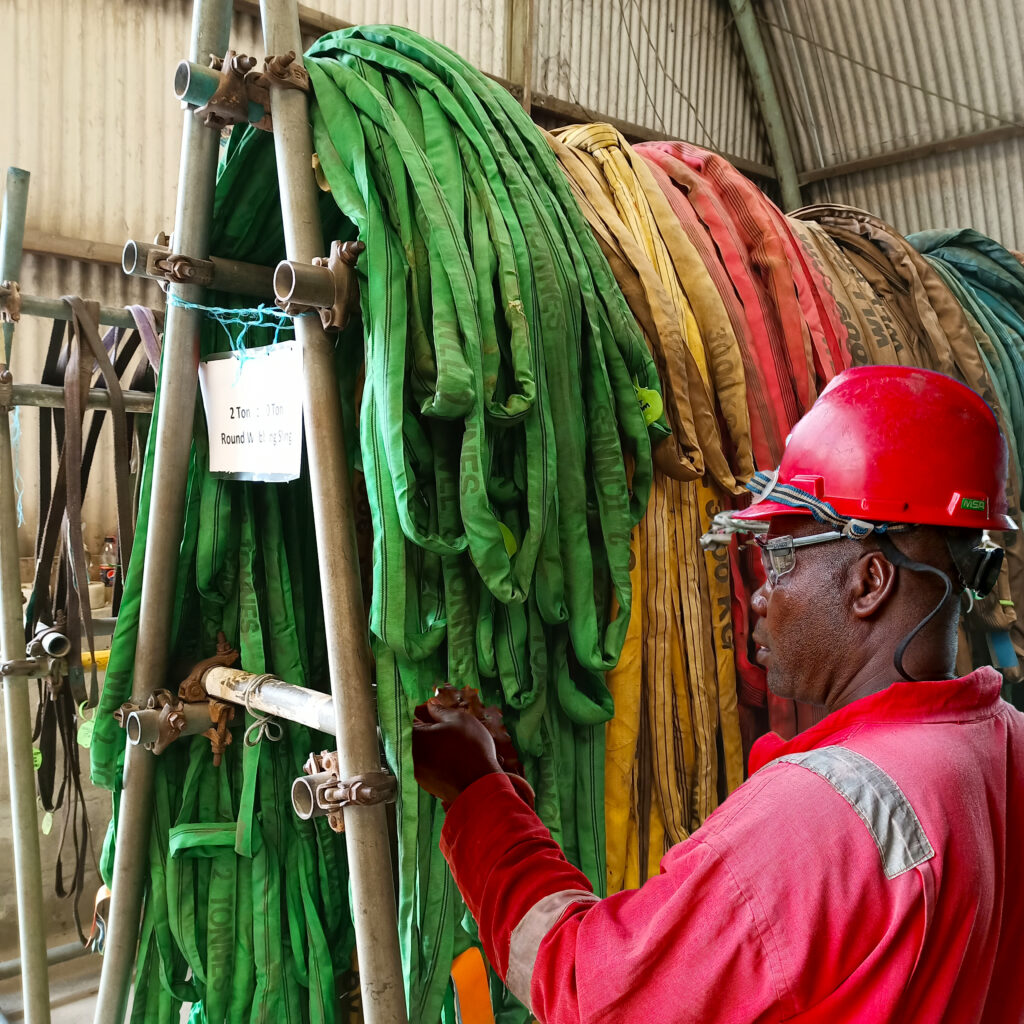
Riggers should have adequate knowledge of rigging guidelines in order to ensure that the rigging and lifting operations are carried out in a safe manner.
The goal of any rigging and lifting operation should always begin with safety in mind and observing safe rigging practices will help to minimize potential risks to personnel and equipment.
Improper rigging of a load or a rigging failure can expose riggers and other workers nearby to a variety of potential hazards.
Riggers have been injured or killed when loads have slipped from the rigging, or when the rigging has failed. Therefore all loads must be properly and safely rigged prior to any lift.
The following are 10 rigging guidelines riggers should take into considerations during rigging and lifting operations.
- Know the weight of the Load
Before you lift, be sure you know exactly how much weight you’re moving, how far you have to move it and how high you must lift it. Make sure the load’s weight is within the rated capacity of the sling, including consideration of sling leg angles and load’s physical parameters.
2. Use the right hitch
Decide how to connect your load to the lifting hook and how to attach the sling to the load.
3. Choose the right sling
Be sure to calculate the safe working load for the angles and hitch involved as well as the right type and style for the task. Choose a sling with the proper end attachments or eye protection as well as attaching hardware. Pad all loads with sharp edges especially when using synthetic slings to minimize damage to the sling.
4. Inspect the slings
Before using any slings and other lifting accessories for rigging, the rigger should carry out pre use checks to ensure that they are in good working conditions. Slings and other lifting accessories found to be defective should be removed from service and quarantined to eliminate reuse.

5. Rig Up, not Down
Always attach the sling to the load first, then attach it to the hook.
6. Balance the load
Always place the eye or link in the base (bowl) of the hook to prevent point loading on the hook. In a basket hitch, always balance the load to prevent slippage. The sling’s legs should contain or support the load from the sides above the center of gravity when using a basket hitch. Be certain that the slings are long enough so that the rated capacity is adequate when you consider the angle of the legs.
7. Carry out trial lift
Before you make the lift, the load should be slightly lifted off the ground in order to check for the stability of the load.
8. Stand clear and lift
To prevent injury, move away from the areas between the sling and load and between the sling and the crane hook or hoist hook. Avoid the temptation to use your muscles to prevent swinging or movement. Use a tagline to swinging of the load. Be sure to keep clear of the suspended load.
9. Avoid shock loading
Lift slowly and don’t make sudden starts or stops, either in lifting or swinging the load.
10. Return slings to storage
After you have done with your lift, inspect the slings for possible damage. If damaged and not usable, remove from service and quarantined. Otherwise, return it to the rigging loft.
Interested in learning more? We offer rigging and lifting training at Primelift Safety Resources Limited.
Call us on +234 8037957878 or email us at training@primeliftsafetyng.com for more information.










